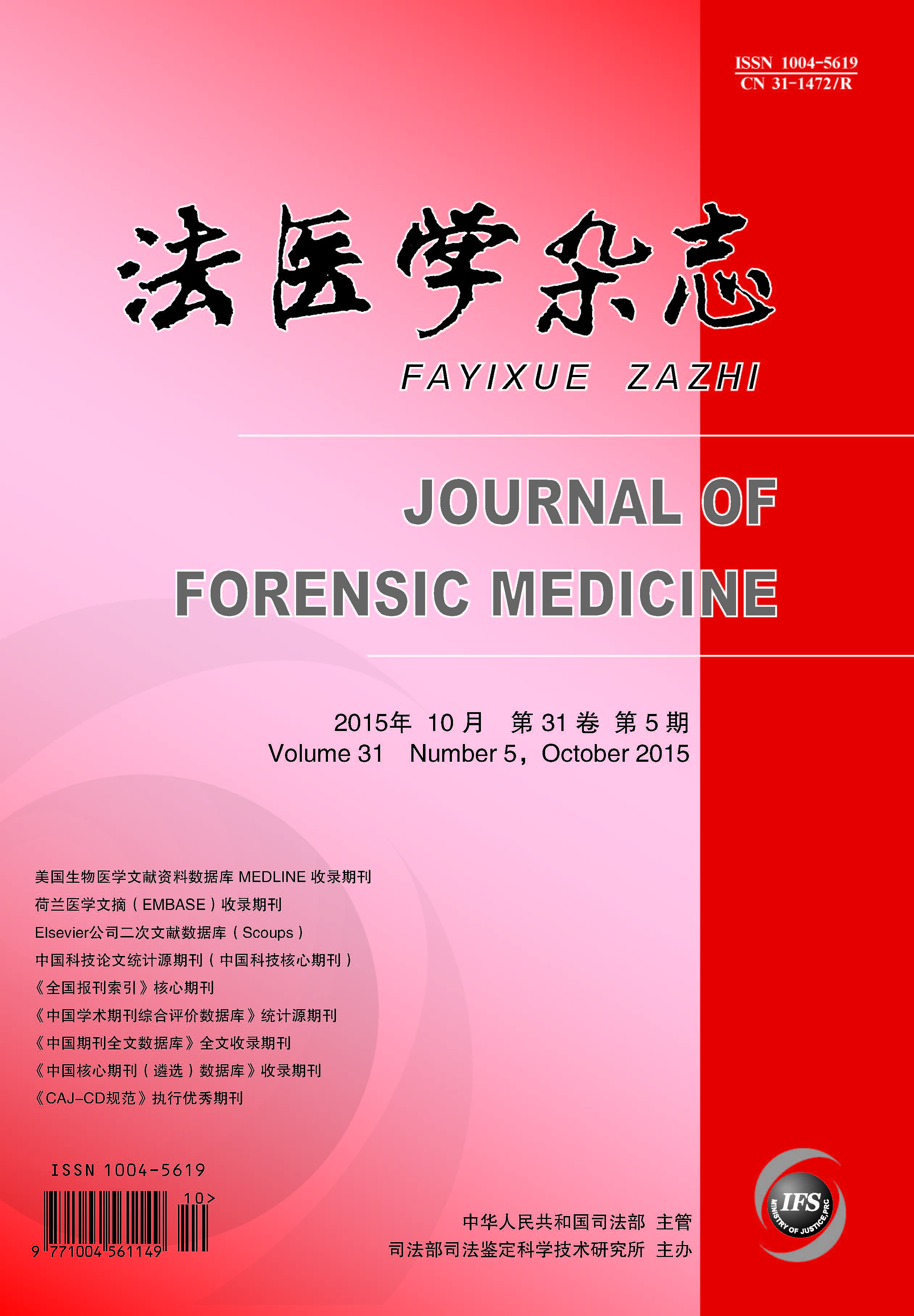|
|
Forensic Medical Assessment for Neurologic Erectile Dysfunction: 58 Case Reports
ZHU GUANG-YOU, SHEN YAN, LIU HONG-GUO
2015, 31(5):
369-372.
DOI: 10.3969/j.issn.1004-5619.2015.05.010
To introduce the approaches and procedures of neurologic erectile dysfunction (ED) assessment in our institute, and evaluate the neurologic investigation by making an analysis of 58 cases. Diagnostic criteria of neurologic ED: nervous system injuries or diseases, abnormal clinical symptoms and signs, electrophysiological abnormalities of nervous system, abnormal results of nocturnal penile tumescence and rigidity (NPTR) (penis rigidity <60% and lasting time <10 minutes). In the group of 20 patients with the injuries of the brain, spinal cord or spinal root nerves, pudendal cortical somatic evoked potential (PCSEP), sacral reflex latency (SRL), pudendal-to-cortical motor evoked potential (PCMEP), penile sympathetic skin responses (PSSR) and NPTR showed abnormality by 45%, 20%, 20%, 85% and 85%, respectively. In 38 patients with the injuries of pelvic fracture with urethra break, PCSEP, SRL, PCMEP, PSSR and NPTR showed abnormality by 24%, 5%, 20%, 92% and 66%, respectively. In the former, 35% were identified to have severe ED, and 50%, moderate ED; in the latter, 21%, to have severe ED, 13%, medium ED, and 37%, light ED. The approaches and procedures were proved to possess excellent specificity and reliability in the assessment of neurological ED.
Related Articles |
Metrics
|


